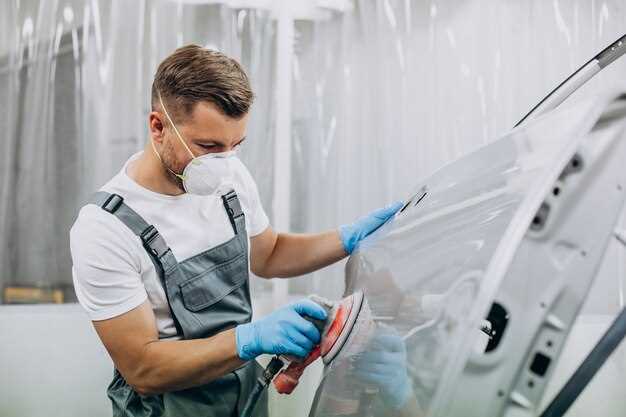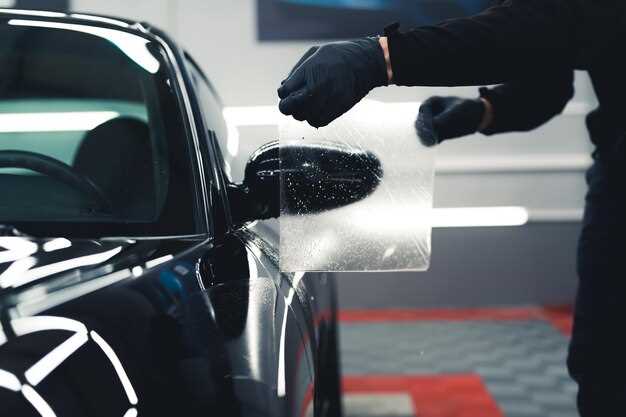
As car enthusiasts and everyday drivers alike seek ways to preserve their vehicle’s appearance, the question of whether or not to invest in paint protection film (PPF) has become increasingly relevant. This transparent film is designed to protect a car’s paint from chips, scratches, and environmental damage, offering a potential solution for maintaining aesthetic appeal and resale value.
When considering the worth of PPF, it is essential to examine both the benefits and drawbacks of this protective measure. On one hand, paint protection film can significantly reduce the risk of paint imperfections from road debris, UV exposure, and other elements that can deteriorate a vehicle’s exterior. On the other hand, the costs associated with high-quality installation and materials may lead some to question its overall value.
In this article, we will delve into the essential aspects of paint protection film, exploring its effectiveness, longevity, and potential return on investment. By analyzing various factors, such as installation processes and comparing PPF to traditional waxing and sealing methods, we aim to provide you with a comprehensive view to determine if PPF is indeed worth the investment for your car.
Assessing the Longevity and Durability of Paint Protection Film

When considering the investment in paint protection film (PPF), it is crucial to evaluate its longevity and durability. High-quality PPF is designed to withstand various environmental factors that can harm a vehicle’s paint. It acts as a barrier against UV rays, road debris, and chemical contaminants, which can all lead to deterioration of the underlying paint over time.
The lifespan of paint protection film typically ranges between 5 to 10 years, depending on the quality of the film, installation techniques, and maintenance. Premium films often incorporate advanced technologies that enhance their resistance to yellowing, scratching, and peeling, ensuring that the protective benefits remain effective for a longer period.
Furthermore, proper installation is vital for maximizing the durability of PPF. Poor application can lead to issues such as air bubbles or improper adhesion, which may compromise the film’s effectiveness and lifespan. Professional installation services often include warranties that cover the duration of the film’s expected life, providing peace of mind to vehicle owners.
Maintenance also plays a significant role in the longevity of paint protection film. Regular washing and avoidance of harsh chemicals can help maintain the film’s integrity. Additionally, many manufacturers offer specific care instructions to ensure that the protection remains effective over time.
Ultimately, investing in paint protection film can be worthwhile, particularly for those who prioritize the long-term preservation of their vehicle’s paint. By assessing the film’s durability, the quality of installation, and the maintenance practices employed, vehicle owners can make informed decisions about their investment in paint protection solutions.
Cost Analysis: Weighing Installation and Maintenance Against Potential Damage
When considering the investment in paint protection film (PPF), it’s essential to analyze the costs associated with installation and ongoing maintenance against the potential expenses incurred from damage to your vehicle’s paintwork. The initial installation cost of PPF can range significantly based on factors such as the size of the vehicle, the quality of the film, and the labor involved. On average, homeowners might expect to pay between $500 and $2,500 for a professional installation, depending on the coverage area and complexity of the job.
In addition to the installation costs, maintenance of PPF is also a consideration. While PPF is designed to protect against chips, scratches, and environmental contaminants, it requires careful upkeep to retain its effectiveness and appearance. Regular washing with non-abrasive products and potential reapplication of a topcoat are recommended to maintain the film’s longevity. These maintenance expenses can add up over time but are generally lower than the costs of repainting or repairing damaged paintwork, which can exceed several thousand dollars.
Moreover, factoring in the potential damage that PPF is meant to mitigate is crucial. Vehicles without paint protection are more susceptible to wear and tear from road debris, UV exposure, and other harsh elements. These factors can lead to diminished resale value and higher repair costs if left unaddressed. Therefore, investing in PPF may not only save money in the long run but also enhance the vehicle’s aesthetics and market value.
In summary, when performing a cost analysis of paint protection film, one must weigh the upfront installation and maintenance costs against the considerable financial implications of potential paint damage. Choosing PPF is often a prudent decision for those looking to preserve their vehicle’s integrity over time.
Real-World Performance: Customer Experiences and Testimonials

Many car owners have turned to Paint Protection Film (PPF) as a solution for maintaining their vehicle’s aesthetics and value. One common sentiment among customers is the peace of mind that comes with having an additional layer of protection against chips, scratches, and environmental pollutants. Users report a noticeable reduction in the frequency and severity of paint damage, which ultimately leads to greater satisfaction with their purchase.
Customers who have invested in PPF often share testimonials highlighting the durability and effectiveness of the film. For instance, a regular commuter noted that after applying PPF, their vehicle’s front end remained pristine even after months of exposure to highway debris and extreme weather conditions. The film’s resilience has proven to save these owners from expensive paint repairs and touch-ups.
Many testimonials emphasize the clarity and seamlessness of PPF. Car enthusiasts particularly appreciate how the film preserves the original paint’s finish without altering its color or shine. A satisfied customer stated that friends and family often admire how new their car looks, unaware that it has been protected by a film for years.
Moreover, customers have highlighted the easy maintenance of vehicles covered with PPF. Regular washing and basic care were reported to be sufficient, with many experiencing enhanced surface slickness that aids in dirt and grime resistance. This ease of upkeep adds another layer of value to the investment in paint protection.
In summary, the real-world performance of Paint Protection Film has garnered positive feedback from users. The consistently shared experiences affirm PPF as a worthwhile investment for those looking to protect and maintain the integrity of their vehicle’s paint. With benefits like durability, clarity, and ease of maintenance, many car owners consider PPF a crucial addition to their vehicle care strategy.




